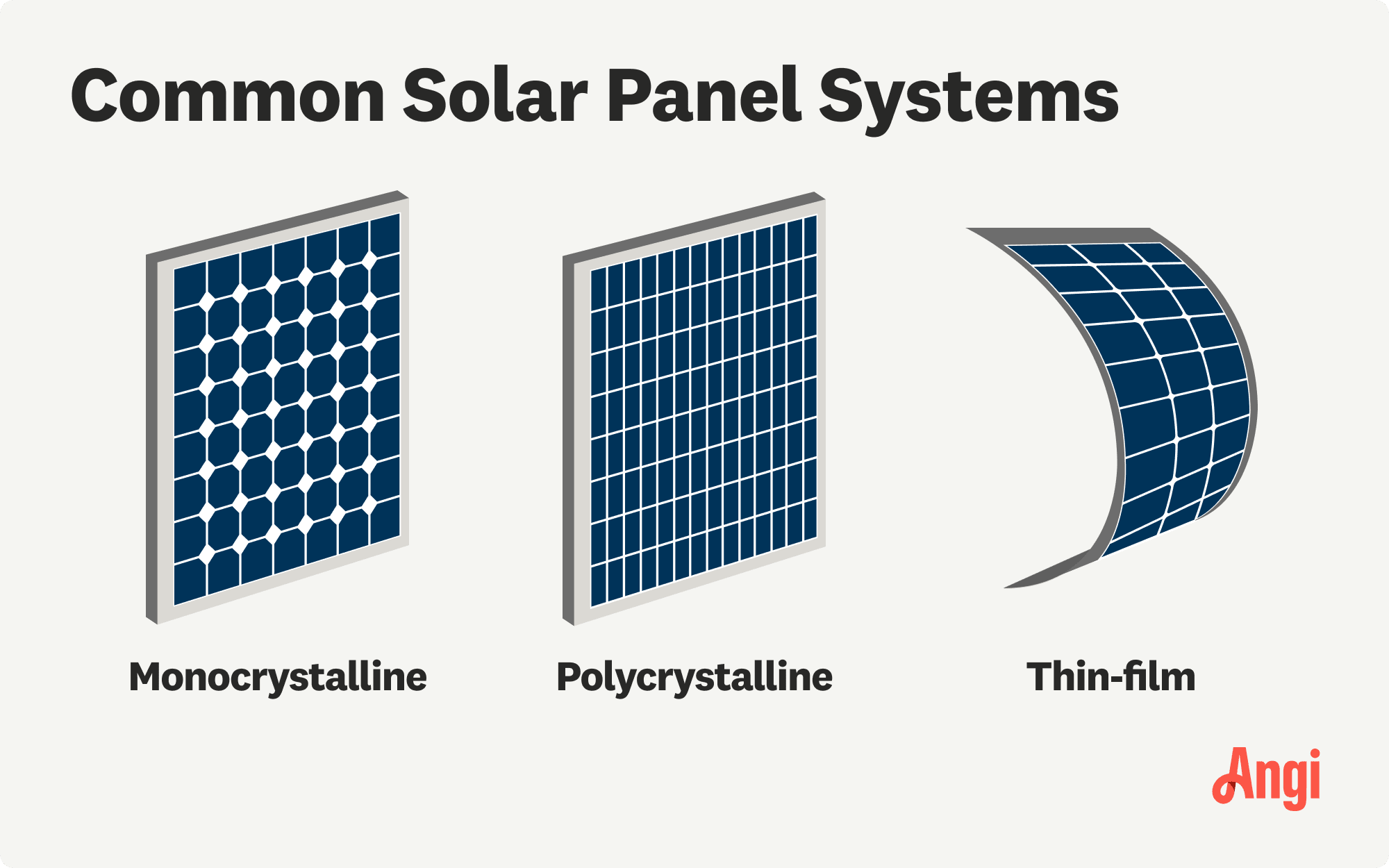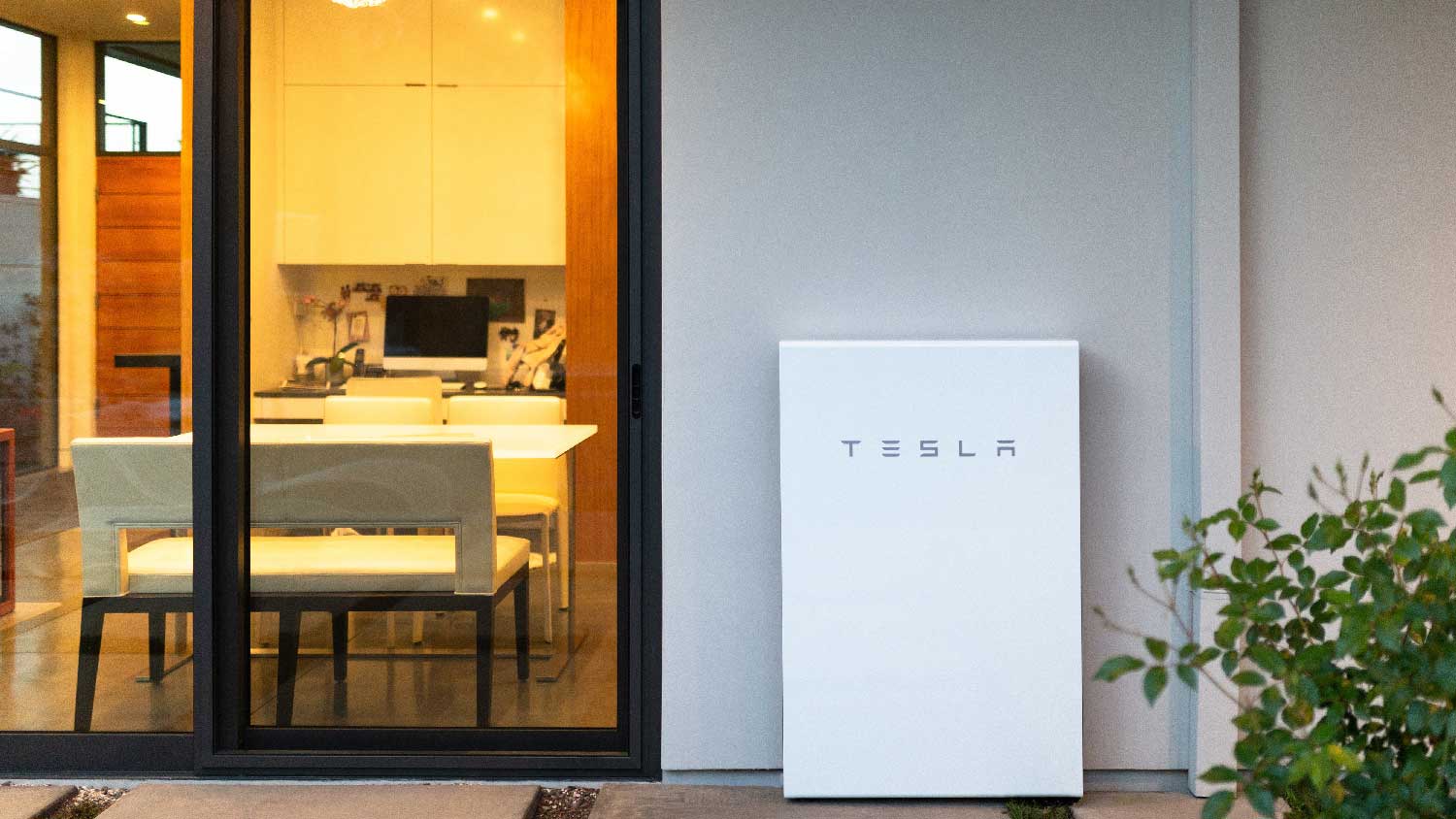
Get a clear estimate for solar water heater repair cost. Learn what impacts pricing and how to budget for your solar water heater repair.
Solar panel service costs depend on your project and location. Check with a local pro for your specific job.
The average home in San Francisco needs a 5- to 10-kW solar panel system.
High-efficiency solar panels, which combat foggy or cloudy weather, increase total costs.
Microinverters are recommended to maintain efficiency in shaded areas in densely populated cities.
Solar panels add about 4.4% to the value of homes in San Francisco.
With higher-than-average energy prices, San Francisco is a great place to install solar panels—even if the city is known for its fog. Solar panel installation costs in San Francisco average $24,160, with most homeowners spending between $17,154 and $31,408. System size, panel type, and add-ons impact the overall price along with the cost of labor. Before switching to solar, learn about the most significant cost factors.
The density of San Francisco’s housing in the more populated areas of the city, along with the high potential for fog, can make solar panel installation more challenging and costly. Your solar installer will know the best way to navigate these challenges, but keep them in mind when understanding costs.
The size of the solar system will impact your solar panel installation costs. The larger the output, the more you’ll pay. Most homes in San Francisco need 5- to 10-kW (kilowatt) systems, which work out to anywhere from 15 to 34 panels, depending on the wattage. Expect to spend somewhere between $2.60 and $3.30 per watt.
The table below shows average costs based on the size of your solar system:
| System Size (kW) | Average Cost |
|---|---|
| 3 | $7,800–$9,900 |
| 5 | $13,000–$16,500 |
| 6 | $15,600–$19,800 |
| 8 | $20,800–$26,400 |
| 10 | $26,000–$33,000 |
| 12 | $31,200–$39,600 |

When choosing the type of solar panel that works best for your home, consider three main factors: efficiency, life expectancy, and design. San Francisco has a mild climate, so energy losses from extreme heat aren’t as much of a factor, but you will have to account for cloudy weather. Here’s how the type of solar panel can affect your cost:
| Type of Solar Panel | Average Cost per Watt (Materials Only) | Pros | Cons |
|---|---|---|---|
| Monocrystalline | $1–$1.50 | Ideal for smaller urban rooftops, most efficient | Highest cost |
| Polycrystalline | $0.90–$1 | More affordable | Less efficient |
| Thin film | $0.70–$1 | Performs well in shade, efficiency won’t degrade as quickly in heat | Low efficiency, requires more space, only practical in larger commercial applications, RVs, or boats |
On average, most homes need anywhere from 20 to 25 panels to fully power a home, but this can range from as few as 15 to as many as 34. How many panels you need depends on the number of watts per panel, your energy consumption, and the efficiency of your panels. Your average solar panel will have an output of anywhere from 250 to 400 watts. The dimensions of your solar panels will also depend on the power output.
The more advanced the technology, the higher the up-front cost. The type of mount will affect the cost as well:
Fixed mounts: $10–$15 per mount
Adjustable mounts: $50 per mount
Tracking: $500–$3,000 or more per mount (these mounts can self-track sunlight, leading to up to 45% more energy production)
Other materials you will need for a solar energy system include the parts in the table below.
| Hardware | Average Cost |
|---|---|
| String inverter | $1,000–$3,000 each |
| Microinverters | $150–$300 each |
| Power optimizer | $80–$150 each |
| Solar battery | $400–$15,000 |
Inverter: Converts direct current (DC) electricity to alternating current (AC) electricity
Microinverters: Each panel gets its own microinverter, which works similarly to a string inverter and is ideal in San Francisco’s foggy climate and in shade from buildings in dense neighborhoods
Optimizer: Regulates currents so each panel is more energy efficient and prevents power loss
Battery: Stores excess energy from the system so homeowners can use it at night or during a power outage
Some systems use a single solar inverter or several microinverters that convert DC to AC electricity. Materials like the wiring and battery are often grouped with the package price unless you opt for add-on services.
Hiring an experienced pro to install your solar panels is key to making the most of this exciting new home addition. Budget $0.65 to $0.82 per watt for labor when you hire a solar panel installer in San Francisco, California. This number doesn’t include permits or the cost of additional technology, such as special mounts, tiles, or shingles.
Solar panel installation does require electrical work. Though many solar panel installation companies have a licensed electrician on staff who specializes in solar panels, roofing contractors sometimes subcontract an electrician. The average cost of hiring an electrician is $100 to $250 per hour in San Francisco.
Before you can install your solar energy system in San Francisco, you’ll need to get a building permit (if it’s being installed in a newly constructed building), electrical permit (via the Solar Automated Permit Processing Plus platform), and zoning permission. Permits can only be obtained by a licensed contractor. You will also need a solar panel inspection before you can unveil your new solar panels. Permits and inspections add an average of $450 to the solar panel costs.
According to a Zillow report, solar panels add about 4.4% to the value of homes in San Francisco. For a home valued at $1.27 million (the average in the city), that’s roughly a $55,800 increase. But where solar panels are really worth it are the energy savings. Most homeowners save $1,380 per year over the 20- to 25-year lifespan of their solar panels. With San Francisco’s high energy prices, the savings can add up.
Once your solar panels are paid off, they're officially your property. If you move, you can reinstall them on a new rooftop. Alternatively, they can increase the value of your home by 3% to 4% and attract more buyers. They can also give your property a competitive edge in a buyers’ market.
The best way to save money on the up-front costs of installing solar panels is to take advantage of the Solar Investment Tax Credit (ITC) before it ends on December 31, 2025. The ITC allows homeowners to claim a federal tax credit equal to 30% of the price of their solar panel system installation.
For example, if your solar panel system costs $30,000 before the federal tax credit, you can save around $9,000. However, to benefit from this credit, your solar system has to be installed and working before the federal incentive ends.
The ITC, also known as the Residential Clean Energy Credit, was originally extended through 2032 as part of the Inflation Reduction Act. However, new federal legislation (the Big Beautiful Bill Act) signed into law on July 4, 2025, terminated the credit early. The Solar Energy Industries Association® (SEIA) outlines the high-level policy changes and restrictions on energy tax credits.
Additionally, the extra power you choose not to store in a battery can be sent back to the grid. Your local utility company will compensate you for that power, but the amount will vary. You can check the Utility Rate Database on Open EI to estimate how much you can expect to receive for generating excess energy.
You might be able to utilize local incentives in California for homeowners who install solar panels:
Local rebates: Select utility companies in California offer rebate programs to some homeowners.
Active Solar Energy System Exclusion: The cost of solar panels installed before January 1, 2027 is not assessed, meaning you won't see higher property taxes from installation despite the added value.
DAC-SASH: This offers free or low cost solar installation to income-qualified households in top 25% of disadvantaged communities.
Property assessed clean energy (PACE) financing: This allows you to finance a solar system with (usually) no money up front and pay it off over 10 to 20 years.
California doesn’t offer net metering, but the three major Investor Owned Utility (IOU) companies allow you to benefit from net billing. Net billing (known as NEM 3.0) is similar to net metering in that it allows you to send excess energy back to the grid in exchange for credits to offset your electric bill. This will increase your energy savings with solar panels, but rates vary.
Home is the most important place on earth, which is why Angi has helped more than 150 million homeowners transform their houses into homes they adore. To help homeowners with their next project, Angi provides readers with the most accurate cost data and upholds strict editorial standards. We survey real Angi customers about their project costs to develop the pricing data you see, so you can make the best decisions for you and your home. We pair this data with research from reputable sources, including the U.S. Bureau of Labor Statistics, academic journals, market studies, and interviews with industry experts—all to ensure our prices reflect real-world projects.
Want to help us improve our cost data? Send us a recent project quote to [email protected]. Quotes and personal information will not be shared publicly.
From average costs to expert advice, get all the answers you need to get your job done.

Get a clear estimate for solar water heater repair cost. Learn what impacts pricing and how to budget for your solar water heater repair.

There are a few factors to consider when it comes to solar panel repair costs. This guide breaks down the prices of solar panel removal, repair, and replacement.

Discover the Tesla Powerwall installation cost, including average prices, cost factors, and tips to help homeowners budget and save on their Powerwall project.

Want to run your solar system without a battery? Here are the pros and cons, as well as what you need to know about how to use a solar panel directly without batteries.

Who can remove solar panels from roofs? The good news is that there are two types of pros that can handle a job like this—it’s up to you who you hire.

Want to know how to increase solar power efficiency? Be smart about installing and maintaining solar panels while strategically using energy.